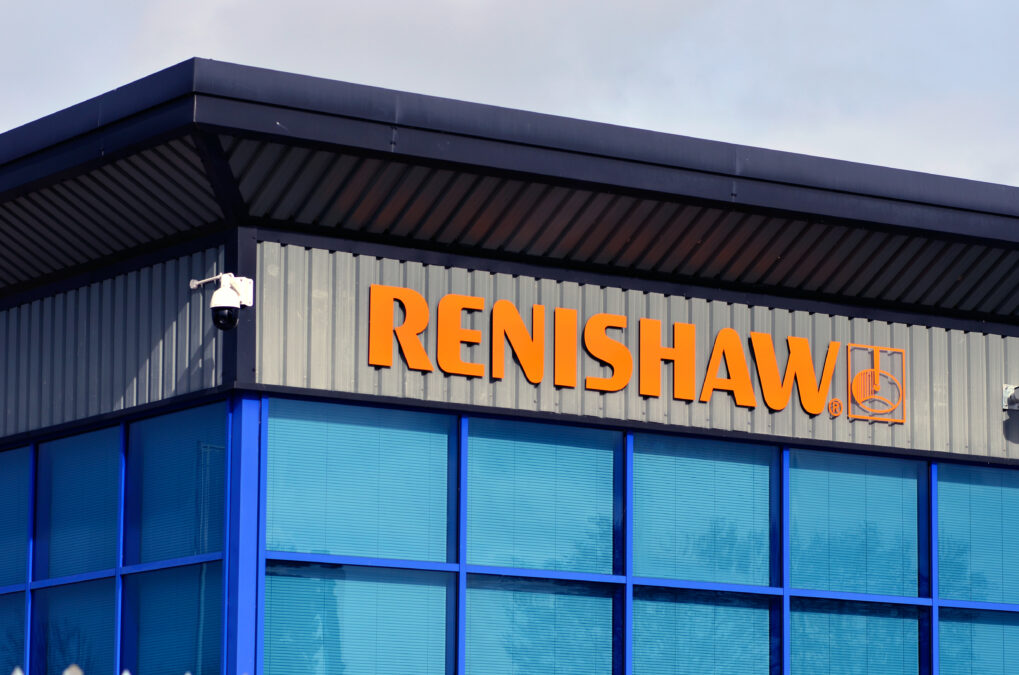27 January 2003 The two-year slump in server sales was halted in 2002, according to preliminary figures from analysts Gartner Dataquest. However, the modest rise in worldwide server shipments of 4% was not reflected in server vendors’ revenues, which fell further in 2002.
|
|||||||||||||||||||||||||||||||||||||
The conflicting figures reflect deep price cutting in the industry, combined with a shift towards cheaper, low-end products by cost-conscious corporate IT buyers.
The upturn in unit sales was particularly marked in the US – which had born the brunt of the IT spending downturn – where shipments rose by 14%. In Europe, a flurry of server purchases in the fourth quarter pushed the market into growth after an otherwise moribund 2002.
But Gartner Dataquest senior analyst Shahin Naftchi warned that European server revenues – as opposed to unit shipments – would decline again in 2003, largely due to increasingly competitive pricing.
“The performance of the worldwide server market continues the growth pattern which began in the first quarter of 2002, suggesting the server shipments for the worldwide market may be stabilising, but not showing signs of dramatic growth due to continued pressure in a number of regions,” he added.
Naftchi also warned that the growth in the Asia/Pacific region is now slowing and added that the outlook there was increasingly uncertain. He blamed this on governments shifting their spending to national security and the knock-on effect on national economies of warnings about travelling to the region.
Among server vendors, systems giant Hewlett-Packard (HP) remained in top spot. HP accounted for nearly a third of all global shipments, although its market share fell 4% in 2002, compared to the combined 2001 share of HP and Compaq.
But Dell is quickly gaining ground. It now accounts for a market share of 18.5% after selling nearly a fifth more servers in 2002. IBM sold 1% fewer units overall after a slump in sales of its mid-range iSeries servers, while Sun Microsystems registered a 6.7% growth in shipments – its first year of growth since 1999 – to give it a 6% market share.





